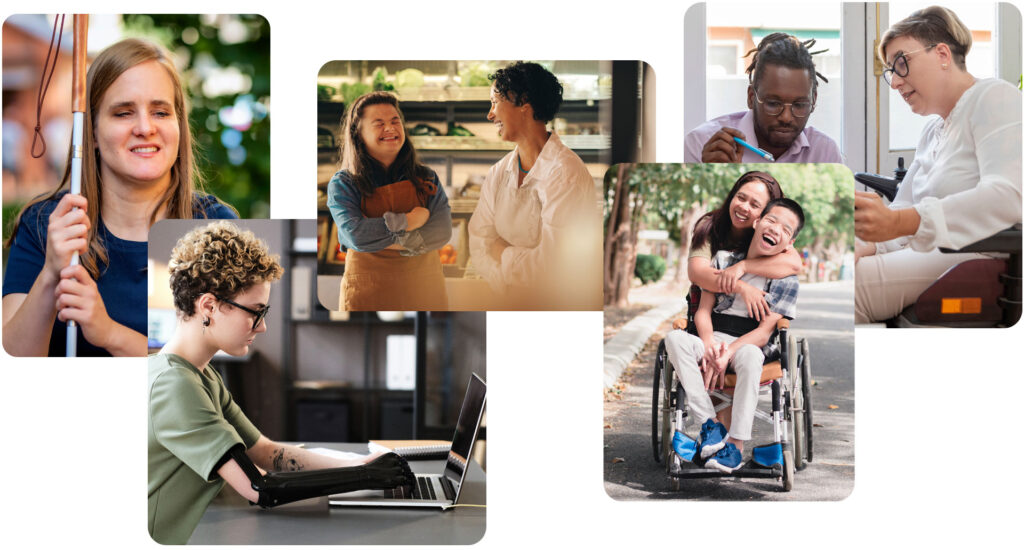In this video we learn about the importance of bone health for people with spinal cord injury. Lora Giangregorio, Professor and Schlegel Research Chair in Mobility and Aging, at the University of Waterloo’s DXA Lab explains common myths about osteoporosis, other health problems that can arise as a result of a fracture, fracture risk for people with spinal cord injuries and prevention strategies. Al Reeves demos his exercise routine, and Kyle Whaley, Physiotherapist and Executive Director of Propel Physiotherapy explains the benefits of weight bearing, balance training and transfer training to protect bone health.
Exercises are shown for demonstrative purposes and are not intended to be a substitute for professional medical advice or treatment. Please consult with your healthcare provider or other qualified health professional about what exercises are right for you.
This video content was created as part of a project funded by a grant from the Craig H. Neilsen Foundation to Spinal Cord Injury Ontario.
Osteoporosis is a disease characterized by low bone mass and deterioration of bone tissue, which can lead to increased risk of fracture. Osteoporosis has no symptoms. The first indication of osteoporosis is a broken bone. One of the issues in people with SCI is that due to reduced sensation, you may not feel the pain of a broken bone, so the symptoms of a fracture would be things like swelling, bruising, or referred pain.
There are a number of ways to manage osteoporosis. Speak to a physician or healthcare professional with experience in this area to help find the right approach for you.
There are a variety of medications available to treat osteoporosis. Consult with a physician to determine the appropriate medication for you.
Being always in chair and bed and not having any physical activities diminishes bone mass, so be as active as you can. Consider speaking to a physical therapist or kinesiologist with experience with SCI to get advice on exercises that are right for you.
In some people with incomplete SCI, walking may be part of regular mobility while a standing frame may be required for standing still. The use of tilt tables and standing frames, as well as walking and standing, can be options depending on your individual function. Consult with a healthcare provider experienced in SCI to determine the options best suited to your situation.
About 1-4% of people with SCI will get a fracture in any given year. Lower extremity fractures are the most common. Some common causes of fractures include:
- twisting forces on bone when the leg bones are twisted during a transfer
- toes catching on door frames, people in crowds, or other objects,
- falls out of your wheelchair
- bones suddenly hyper flexed in a low velocity fall from a wheelchair.
Your doctor can readily identify if you have a high risk of fragility fracture by completing a checklist. Of these fracture risk factors, a prior fragility fracture and a low knee region BMD below the fracture threshold are the strongest predictors of future fracture. Your doctor may order a bone mineral density test. A bone density test determines if you have osteoporosis. The test uses X-rays to measure how many grams of calcium and other bone minerals are packed into a segment of bone. The bones that are most commonly tested are in the spine, hip and sometimes the forearm.
Here are some tips to help prevent fractures:
- Have chair/seating assessed to ensure you are balanced
- Reduce fall risk, use waist strap, straps to keep toes pointing forward not out
- Keep equipment e.g. wheelchair, lift, etc. in good working order
- Discuss your risk and safe transfer strategies with social workers/family/friends/therapists that are helping with your care or transfers or exercise.
You should also be mindful of:
- Range of Motion exercises
- Being in a crowd and things that might happen
- Positioning and transferring.
If you enjoyed this video about osteoporosis and fracture prevention strategies for people with spinal cord injury, please remember to like, share, subscribe, and leave a comment if you have any questions or suggestions. We hope to see you here again soon!






